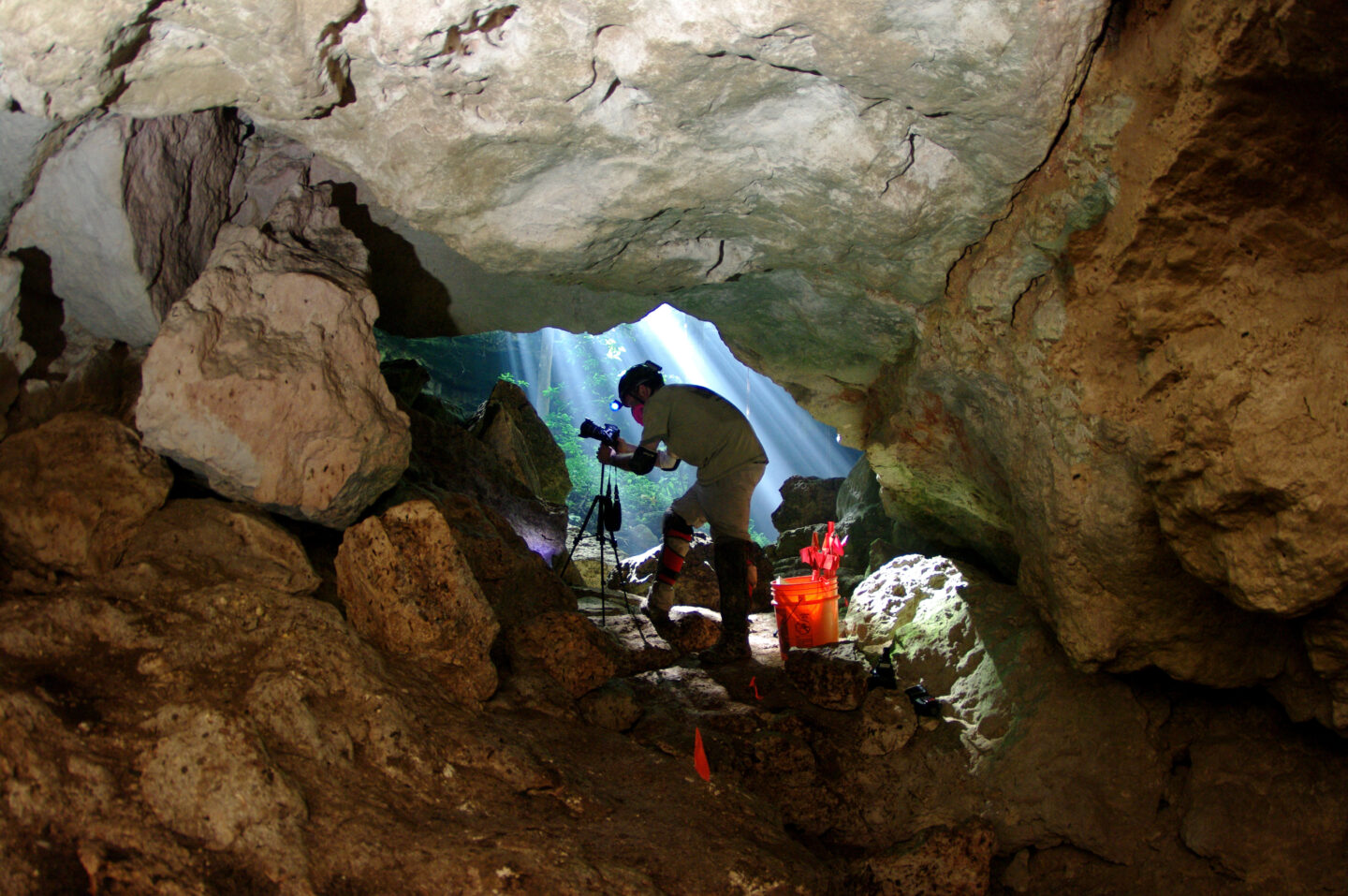From the melting glaciers in the Arctic Circle to algae blooms in the previously pristine Lake Atitlan to ecosystem change around Murchison Falls to penguin tracking in Antarctica…
copyright by blogs.microsoft.com
 From the melting glaciers in the Arctic Circle to algae blooms in the previously pristine Lake Atitlan to ecosystem change around Murchison Falls to penguin tracking in Antarctica, the need for greater knowledge about the world around us and how it’s changing is both apparent and acute. Today, in partnership with the National Geographic Society, we’re excited to announce the winners in the Microsoft and National Geographic Society AI for Earth Innovation Grant program , announced in July.
From the melting glaciers in the Arctic Circle to algae blooms in the previously pristine Lake Atitlan to ecosystem change around Murchison Falls to penguin tracking in Antarctica, the need for greater knowledge about the world around us and how it’s changing is both apparent and acute. Today, in partnership with the National Geographic Society, we’re excited to announce the winners in the Microsoft and National Geographic Society AI for Earth Innovation Grant program , announced in July.
These 11 changemakers will, with the help of artificial intelligence (AI), uncover new insights to better monitor, model and ultimately manage the world’s natural resources more effectively and sustainably. These grantees, like our 200-plus AI for Earth grantees globally, are testing innovative applications of AI in scientific exploration and research to help solve critical environmental challenges. We introduce you to these innovative leaders and their inspiring work below, in four categories — climate change, biodiversity conservation, agriculture and water.
Climate change
The data is clear — climate change is real and demands a global response. But what actions will be most effective? And how can progress be measured? These two grantees are helping answer these questions with AI.
Melting glaciers provide some of the clearest visual evidence of the Earth’s warming temperatures. Unfortunately, collecting data and measuring these changes can only be done crudely, making it tricky to measure glacier surface change and melt rates, never mind project those changes into the future.
This is a frustration Joseph Cook knows all too well. In the last decade, he has conducted more than 12 Arctic field expeditions, mostly in field camps on the Greenland Ice Sheet, and pumped out findings and research insights in scientific journals, documentaries and conferences around the globe.
These experiences led Cook to machine learning, specifically applying it to optical data from drones and satellites to explore the changing cryosphere. The key is capturing the complexity of ice surface evolution, from pristine snow to dust-covered, algae-covered and waterlogged ice. By training the algorithms to recognize how the different surfaces reflect certain wavelengths of light — wavelengths that can be measured by satellites as well as by drones — precision study of vast areas becomes feasible. After testing the algorithms on imagery from custom-built drones, Cook’s team will then apply them to satellite remote-sensing data, enabling them to scale up to entire glaciers.[…]
read more – copyright by blogs.microsoft.com
Thank you for reading this post, don't forget to subscribe to our AI NAVIGATOR!


From the melting glaciers in the Arctic Circle to algae blooms in the previously pristine Lake Atitlan to ecosystem change around Murchison Falls to penguin tracking in Antarctica…
copyright by blogs.microsoft.com
These 11 changemakers will, with the help of artificial intelligence (AI), uncover new insights to better monitor, model and ultimately manage the world’s natural resources more effectively and sustainably. These grantees, like our 200-plus AI for Earth grantees globally, are testing innovative applications of AI in scientific exploration and research to help solve critical environmental challenges. We introduce you to these innovative leaders and their inspiring work below, in four categories — climate change, biodiversity conservation, agriculture and water.
Climate change
The data is clear — climate change is real and demands a global response. But what actions will be most effective? And how can progress be measured? These two grantees are helping answer these questions with AI.
Melting glaciers provide some of the clearest visual evidence of the Earth’s warming temperatures. Unfortunately, collecting data and measuring these changes can only be done crudely, making it tricky to measure glacier surface change and melt rates, never mind project those changes into the future.
This is a frustration Joseph Cook knows all too well. In the last decade, he has conducted more than 12 Arctic field expeditions, mostly in field camps on the Greenland Ice Sheet, and pumped out findings and research insights in scientific journals, documentaries and conferences around the globe.
These experiences led Cook to machine learning, specifically applying it to optical data from drones and satellites to explore the changing cryosphere. The key is capturing the complexity of ice surface evolution, from pristine snow to dust-covered, algae-covered and waterlogged ice. By training the algorithms to recognize how the different surfaces reflect certain wavelengths of light — wavelengths that can be measured by satellites as well as by drones — precision study of vast areas becomes feasible. After testing the algorithms on imagery from custom-built drones, Cook’s team will then apply them to satellite remote-sensing data, enabling them to scale up to entire glaciers.[…]
read more – copyright by blogs.microsoft.com
Thank you for reading this post, don't forget to subscribe to our AI NAVIGATOR!
Share this: